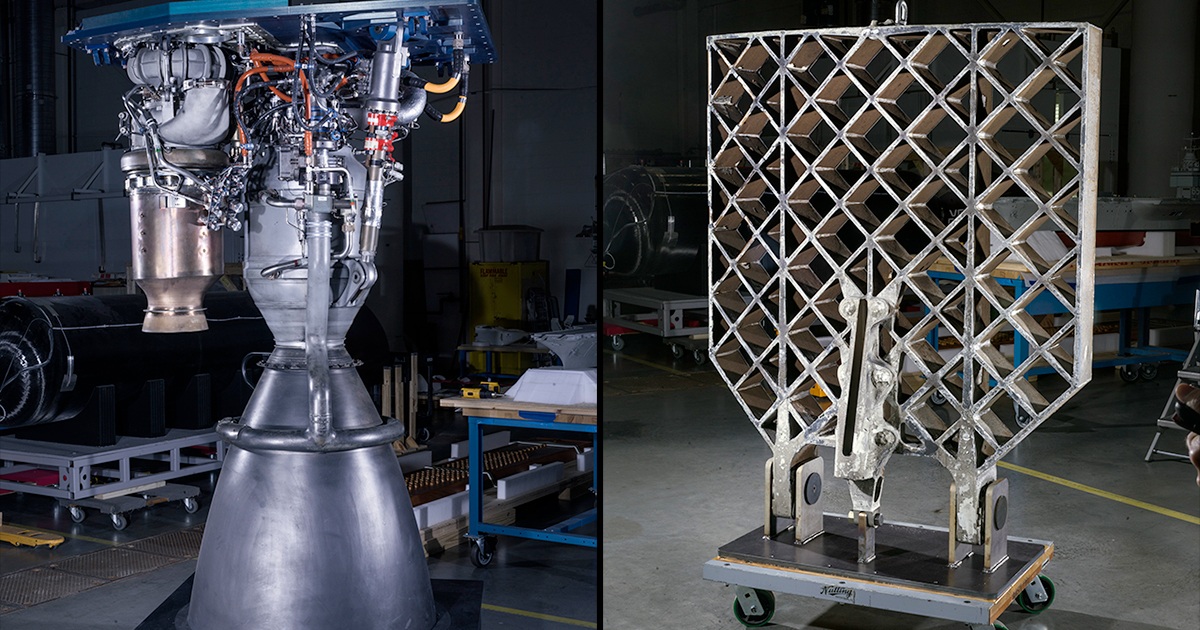Display of SpaceX’s Flight-Proven Rocket Hardware at the Smithsonian
In a historic move, a SpaceX rocket engine and grid fin have found their new home in the prestigious Smithsonian National Air and Space Museum in Washington, D.C. This marks a significant milestone for the U.S. commercial spaceflight company as their hardware joins the national collection.
The National Air and Space Museum took to their social media channels to announce the arrival of the two artifacts from SpaceX’s Falcon rocket. These items will be featured in an upcoming exhibition that aims to explore the future of spaceflight. The inclusion of SpaceX’s hardware highlights their contribution to the advancements in space exploration.
The donated Merlin engine played an important role in SpaceIL’s “Beresheet” moon lander mission in 2019. Although the moon lander unfortunately crashed into the lunar surface, it represented an important step forward for both SpaceIL and SpaceX. The Merlin engine had also flown on two other Falcon 9 rockets, aiding in the launch of commercial communications satellites and an Argentinian Earth-observation satellite.
One noteworthy feat achieved by the Merlin engine was its successful landing on land at Vandenberg Air Force Base in California. This marked a departure from SpaceX’s usual practice of using droneships for landing. It showcased their commitment to developing reusable rocket technology.
Accompanying the Merlin engine is the aluminum grid fin, which was only used once during a mission in 2017. The grid fins are essential for orienting the rocket during reentry by manipulating the center of pressure. The donated grid fin played an important role in delivering SpaceX its 19th recovered first stage, further solidifying their position as leaders in reusable rocket technology.
The National Air and Space Museum is currently undergoing an extensive renovation project, slated for completion in 2026. The addition of the SpaceX artifacts will be a highlight of the museum’s east wing, which is set to reopen to the public. The museum’s ongoing transformation aims to provide visitors with a comprehensive understanding of the history and future of space exploration.
SpaceX’s donation to the Smithsonian is part of a larger trend, with the company also placing Falcon stages at Space Center Houston and the Kennedy Space Center Visitor Complex. Additionally, they have displayed first-generation Dragon capsules at various locations, including Kennedy and the Museum of Science and Industry in Chicago.
The inclusion of SpaceX’s artifacts in the Smithsonian National Air and Space Museum further solidifies the company’s impact on the future of spaceflight. It’s a testament to their pioneering spirit and commitment to pushing the boundaries of what is possible in space exploration. As visitors explore the museum’s upcoming exhibition, they will undoubtedly be inspired by the achievements of SpaceX and the future possibilities that lie ahead.






